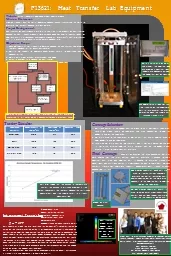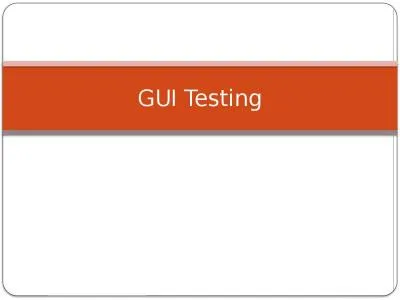PPT-Testing Results:
Author : tatiana-dople | Published Date : 2016-09-19
P13621 Heat Transfer Lab Equipment Lab experiment Fouriers Law Heat transfer model using ANSYS This model accounts for heat losses due to convection With a 5050
Presentation Embed Code
Download Presentation
Download Presentation The PPT/PDF document "Testing Results:" is the property of its rightful owner. Permission is granted to download and print the materials on this website for personal, non-commercial use only, and to display it on your personal computer provided you do not modify the materials and that you retain all copyright notices contained in the materials. By downloading content from our website, you accept the terms of this agreement.
Testing Results:: Transcript
Download Rules Of Document
"Testing Results:"The content belongs to its owner. You may download and print it for personal use, without modification, and keep all copyright notices. By downloading, you agree to these terms.
Related Documents











![[FREE]-Unit Testing Principles, Practices, and Patterns: Effective testing styles, patterns,](https://thumbs.docslides.com/980180/free-unit-testing-principles-practices-and-patterns-effective-testing-styles-patterns-and-reliable-automation-for-unit-testing-mocking-and-integration-testing-with-examples-in-c.jpg)
![[READ]-Unit Testing Principles, Practices, and Patterns: Effective testing styles, patterns,](https://thumbs.docslides.com/989778/read-unit-testing-principles-practices-and-patterns-effective-testing-styles-patterns-and-reliable-automation-for-unit-testing-mocking-and-integration-testing-with-examples-in-c.jpg)

